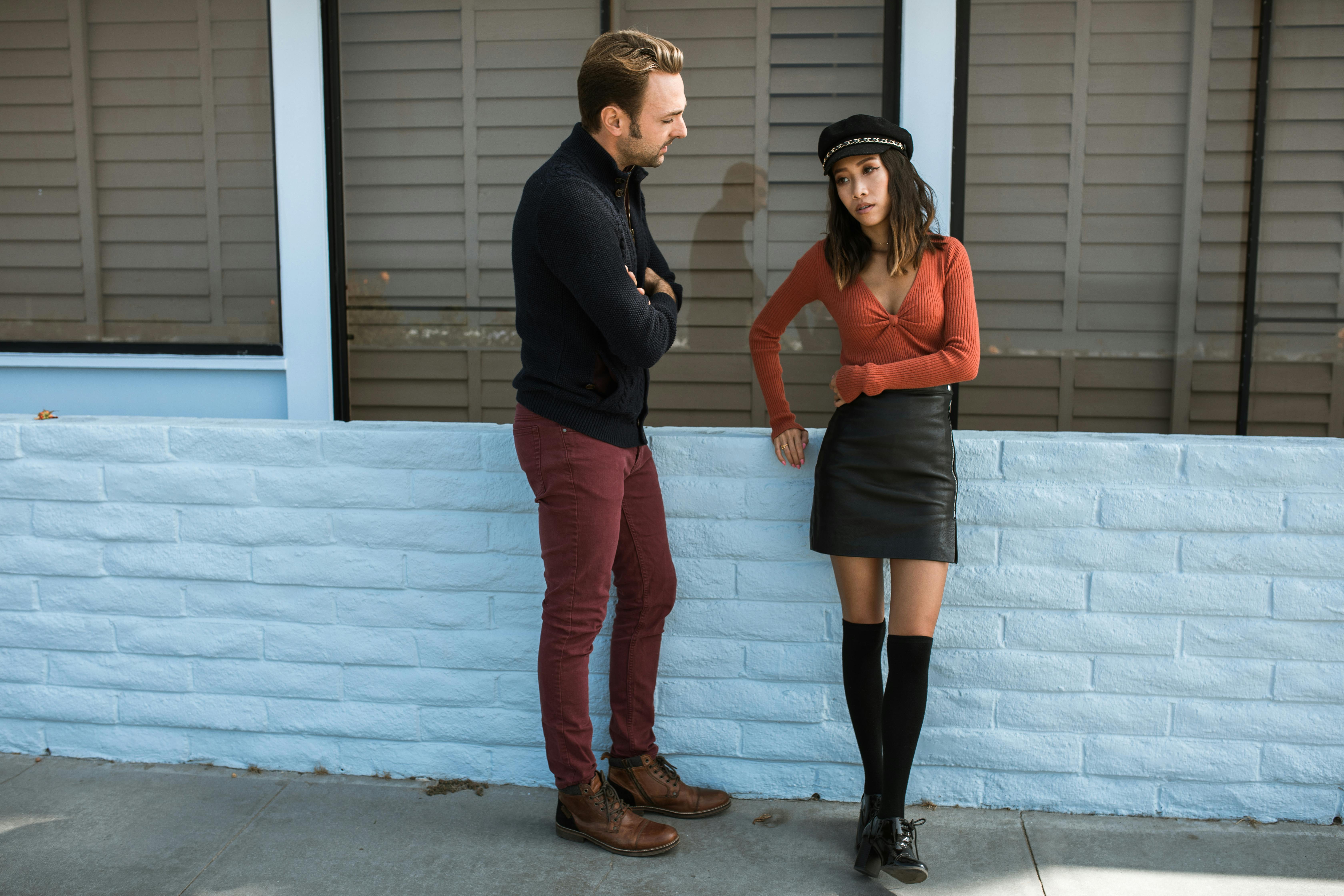
Marc Chagall – Russian-Jewish artist, a European modernist painter
The 20th-century European modernist, figurative artist, Mark Zakharovich Shagal, or Marc Chagall was born Moshe Shagal on July 7, 1887, in Vitebsk, Belarus, then part of the Russian Federation. Marc, the oldest of nine children, came from a Russian Jewish family. His father, Khatskl (Zakhar) Shagal, worked for a herring merchant and his mother, Feige-Ite, ran a small grocery store. During his early years, Chagall was not allowed to attend a local community school due to his Jewish ancestry. His mother had to bribe the director fifty rubles to let him in.
Chagall started drawing at school. He copied portraits and other famous drawings. The Belarusian-Jewish artist and painter Yehuda Pen instructed him in painting in 1906. In 1907, Marc joined the School of the Society of Art Supporters in St. Petersburg. He was instructed there by the Russian painter Nikolai Roerich. During 1908-10, Marc Chagall studied at the Zvantseva School of Drawing and Painting. In 1909, at the age of twenty, on one of his trips home, Marc met his future wife, Bella Rosenfeld.
On the professional front, Chagall gradually rose to fame as an artist. Shortly after, he moved to Paris, then considered the center of the artistic community. There he befriended Guillaume Apollinaire, Robert Delaunay and Fernand Léger. In 1914, Marc returned home and married Bella in 1915. They had a daughter from the marriage in 1916, when the First World War also began.
The artist dabbled in all possible artistic mediums, from his paintings to his book illustrations, scenery, ceramics, stained glass, tapestries, and prints. ‘Cubism’, ‘Symbolism’, ‘Fauvism’ and ‘Surrealism’ were all his forte. Bella posed as a model for many of Chagall’s works. The artist achieved recognition for several of his works, such as “I and my people (1911), “Self-portrait with seven fingers (1912-13)”, “Red Jew (1915)”, “On the city (1914)”. – 1918),” and “The Fall of the Angel (1923-1947)”. Upon his return to Russia, Marc Chagall joined the Russian Revolution of 1917. He was also appointed Vitebsk Commissar of Fine Arts.
In 1920, Chagall, his wife, and their daughter moved to Moscow and Paris in 1923. In 1937, Marc obtained French citizenship. However, due to World War II, the family had to flee to Madrid. During 1941-1948 they resided in the United States. Jewish martyrs and Jewish refugees were primarily depicted in most of Chagall’s works from this time. Meanwhile, on September 2, 1944, his wife died. The artist did not paint anything for the next nine months. In 1945, however, Chagall entered into a romantic relationship with his thirty-year-old housekeeper, Virginia Haggard McNeil, with whom he even had a son. The couple moved to Paris in 1950. The same year, Marc started Graphics, along with “Cubism” and “Fauvism” influences. Here, Virginia left him for another man in 1952. Chagall later married Valentina Brodsky, who was 25 years his junior. Valentina encouraged him to undertake great artistic projects, for example, the “Biblical Message Cycle”, which was later installed in the Marc Chagall National Museum of the Biblical Message in Nice, France.
Marc’s visits to Greece and Israel in 1957 helped him develop the full concept of color symbolism and figurative art. It was then that he began with sculpture, ceramics and stained glass painting. Mark Chagall traveled extensively throughout the world and produced an immense amount of work throughout his career. ‘Russian Expressionism’ and ‘French Cubism’ influenced Mark’s style of painting. Chagall died on March 28, 1985, at the age of 97, in Saint Paul, France.